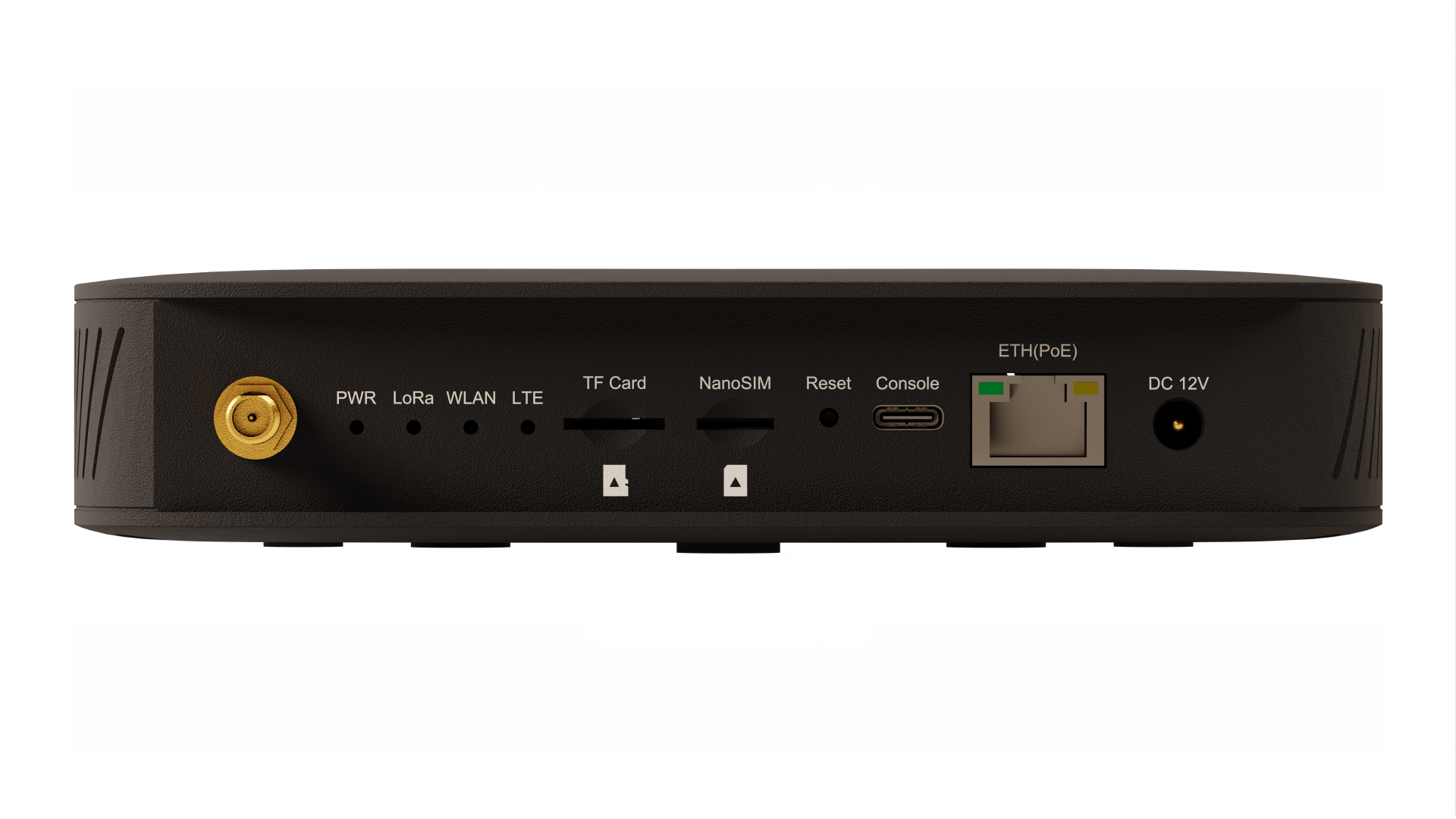
WisGate Edge Lite 2
Sold outBoost your industrial IoT solutions with a reliable and secure gateway for LoRaWAN® connectivity with deep indoor coverage, even in multi-story buildings.
Overview
The Arduino Pro WisGate Edge Lite 2 powered by RAKwireless™ ensures secure and reliable connectivity for a wide range of professional applications and is suitable for medium-sized to wide area coverage in industrial environments. Its deep coverage indoors makes it ideal for applications in multi-story buildings – such as apartment buildings, multi-level parking lots and factories.
It offers an intuitive out-of-the-box user experience for easy setup and diagnostics, as well as exhaustive tutorials and technical documentation, and comes with an enclosure designed for efficient cooling and optional DIN rail mounting.

Complementing the MKR and Portenta SOM boards, the Arduino IoT Cloud platform and the other LoRa® components in the Arduino ecosystem, WisGate Edge Lite 2 enables you to create and deploy complete and industrialized IoT/IIoT and I4.0 applications – wrapping both RAKwireless™’s specific expertise and Arduino’s smooth user experience into high-quality solutions that connect your LoRa® devices better than ever, from smart cities to logistics and building automation.
Key benefits include:
- Secure Ethernet, Wi-Fi or LTE connectivity
- Rapid setup and diagnostics, backup and data logging thanks to SD card slot
- Deep coverage indoors, ideal for multi-story buildings
- Enclosure designed for efficient cooling; it allows for wall and DIN rail mounting (optional)
- WisGateOS, powered by RAKwireless™, based on open source OpenWRT and fully customizable
- Ideal to implement private networks directly connected to cloud platforms; compatible with public networks
- Limited cabling for installation thanks to Power over Ethernet (POE)
- Comprehensive technical documentation by RAKwireless™
Looking for an outdoor gateway for LoRaWAN® connectivity?
Check out WisGate Edge Pro, designed to bring the same ease-of-use and reliability to your outdoor applications.

Need Help?
Check the Arduino Forum for questions about the Arduino Language, or how to make your own Projects with Arduino. If you need any help with your product, please get in touch with the official Arduino User Support as explained in our Contact Us page.
Warranty
You can find your board warranty information here.
Tech specs
| Processor | MT7628, DDR2 RAM 128 MB 32 MB flash memory |
| LoRa® |
|
| Interfaces |
|
| Connectivity |
|
| Dimensions / Weight |
|
| Software Features |
|
| Antennas | LoRa® with RP-SMA connector LTE Internal antenna Wi-Fi Internal antenna |
| Certifications | CE, FCC, ACMA/RCM, UKCA IP 30 rating |



